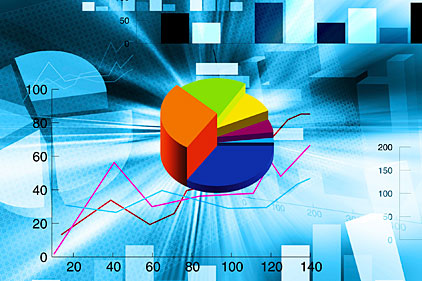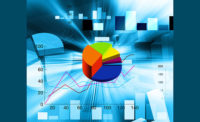GLEN ALLEN, VA - NanoMarkets has released a new report, Smart Surfaces Markets 2015-2022. The report says the smart surfaces market will grow to around $13.5 billion by 2020 and scale to almost $30 billion in 2022. The report follows a January 2015 release on the smart coatings market.
Smart surfaces change their function or form in response to outside stimuli. They have attracted attention from the R&D community for a decade and are now being commercialized. Smart walls, floors, car bodies, cell phone cases and other smart surfaces are rapidly emerging business opportunities. The report shows where they will generate new business revenues in the construction, energy, transportation, medical, electronics and military/domestic security sectors.
The biggest market for smart surfaces will come in the transportation sector, which will clock up $4.1 billion in revenues from smart surfaces in 2020 for products sold for cars, trucks, aircraft and marine vessels. This is also one of the most active areas for the development of smart surfaces with the active involvement of such major firms as General Motors, Johnson Controls, Toyota and Bayer. Although there is much talk about smart windows in the automotive space, NanoMarkets sees the major opportunities emerging in smart self-repairing car bodies and smart surfaces on vehicles that provide protection from corrosion and ice.
According to the report, the construction industry will spend $3.6 billion on smart surface products in 2020. About one-third of these revenues, NanoMarkets believes, will come from smart solar surfaces. These surfaces include both photovoltaic panels that are monolithically integrated into roofs and windows and self-cleaning solar panels that can rid themselves of dust and dirt and thereby increase their energy conversion efficiency. Self-cleaning walls, windows and other surfaces are also expected to be money generators.
Since smart surfaces often require fine patterning to create their required functionality, the smart surfaces revolution may breath new life into nano-manufacturing technologies such as dip-pen nanolithography (DPN) and nanoimprint lithography, which have been confined to application markets for at least a decade. DPN especially has characteristics that will make it of growing importance for creating smart surfaces. One is DPN’s relatively low cost. Another is that DPN applications already include some that seem highly relevant to smart surfaces, including biosensors, nanosensors, rapid prototyping and metamaterials.
The report includes eight-year forecasts in both volume and value terms for each end-user sector, with breakouts for major types of smart surfaces such as self-cleaning surfaces, energy-generating surfaces, self-repairing surfaces, etc. In addition, it also assesses the R&D and marketing strategies of the leading firms that are active in the commercialization of smart coatings.
For additional information about the report, visit http://nanomarkets.net/market_reports/report/smart-surfaces-markets-2015-2022.



Report Abusive Comment